
Benchmarking your performance in real-time
by Andrew Rains, Marketing Director @ APEX

Data that you actually use!
Recently, I had the chance to race with my good friends; the WineUm – DineUm race team in the newly renamed, ChampCar Endurance Series. They run a BMW E36 (called FiFi) with ONLY 370,000 miles on the odo. The team is led by Jack Joyner, fellow Driving Instructor, Heart of Dixie BMW Cub Founding Father, and an all-around solid guy. Joyner has built an endurance racing weapon.
To say I had fun racing with this crew would be an understatement. It was absolutely epic. I appreciate them letting me come thrash their well-built machine around for a few hours.
Fourteen hours of wheel-to-wheel racing at Road Atlanta is the perfect place for APEX Pro. We used a Panavise Camera Suction mount to put the device in a place that worked for all of us, and then we ran a long micro USB – USB cable to keep it charged the whole race. Easy enough!
I get something new from the LED display every time I’m on track. I did a few laps in the car on Friday before the race. It was then that I decided that turns 1,5,6 and 7 were going to be my reference points for the APEX display. Those are places that I developed a specific reference point on the track for the APEX’s indication.
Right after turn-in at 1
Braking in 5,
The apex of 6,
Braking into 7
These are the areas in each of those corners where I could easily acknowledge the peripheral indication each lap and compare it to the previous lap to see if I had improved.
So what did APEX teach me this time? – here’s a link to read the full article from Andrew Rains at APEX!
Turn 1: I learned to trust the car. I also learned that I slowed too much in traffic when sacrificing radius to make a pass. APEX was telling me I could have used less brake pressure and been just fine in those situations!
Turn 5: One of my stronger points on the track. APEX constantly reminded me to mind my brake pressure here. You don’t need much of it, and I can honestly say that without the peripheral lights to hold me accountable I would have likely over-slowed 5 on a fast lap!
Turn 6: Earlier turn-in does equal more grip! I was able to detect a brake lockup using APEX. This car has factory ABS; it just happened to not work. Sometimes you get a barely noticeable lockup. For me, this was in 6. I would try desperately to trail brake just a touch on entry and roll a ton of speed, but sometimes my brake pressure was 1-2 % too much, and I learned from watching my onboard that APEX noticed before I did!
Turn 7: I used APEX to constantly learn how to adapt my brake pressure for traffic. When the line was compromised by heavy traffic, I could easily reference the device to make sure I rolled good corner speed, even if I was slower exiting 6 and bottled up by other cars.
Now, after reviewing my video and really being able to go into detail with what the display was indicating about my driving I’ve learned a few things.
- My steering input into T1 isn’t great, and I can still manage to roll more speed with a lighter trail brake input as I turn.
- I gave up something through T4 and the esses every lap. For some reason I didn’t quite have the confidence in the car there. I think higher tire pressures would have helped, we kept bleeding them down throughout the day, and I think I would have benefitted had I not asked to bleed them down again before I got in the car!
- I got through Turn 6 really nicely most laps, but could stand to brake later. More on this briefly…
- Entry to 10a could have been helped by taking more of the right side curb on turn in, but I still managed a solid exit most laps!
Now let’s discuss the dynamics of the car. Overall, very solid, fast, predictable, and easy to drive!
Pros:
- Balanced, doesn’t tend to do anything quirky (snap over or understeer etc..)
- Easy to detect limit when cornering – good communication through the chassis
- Stiff and nicely balanced steady state handling
- Driveable power and torque, that beautiful BMW straight six!
Cons:
- No ABS, in a car that came from the factory with ABS. This usually spells trouble, and on this car, I think it’s a pretty big hindrance. Lock-up happens suddenly and unexpectedly, and maintaining threshold braking is difficult. To me, the proportioning feels a little off – very little rear brake. This could also be a function of higher grip compounds on the front brake pads. I think the team has plans to get the ABS working, and try some new brake pads for the next race! This should yield big improvement. You can see in the video that my braking point for turn 10a/b is at the 300 marker on a good lap. For such a light weight car only doing about 125mph, we should be able to get down to the 200!
- Stiffness: The chassis itself is super stiff, and the car handles well in the steady state corners due to some solid ARB end links and a light spring rate. But, there is a lot to be desired in the transients. Bilstein shocks made an improvement over the last time I drove the car, but I think the stiffness of the chassis requires a little more spring rate. The car takes too long to settle, and could stand to translate more feedback to the driver.

What was also remarkable was the enthusiasm and excitement of using the device that has developed with the other team members. Every time someone hopped out of the car they recognized something that the device was showing them. I thoroughly enjoy hearing what people get out of the use of the device
Every time I get to drive in an endurance race format I’m reminded why I fell in love with motorsport to begin with. To me, endurance racing is the ultimate form of automotive competition. It combines the best aspects of team and individual sports, and wraps it all with the smell of race gas and tires.
Not a day goes by where I don’t acknowledge how thankful I am to be a part of APEX Pro. In my opinion companies fail because they lose sight of who their customers are. Racing in ChampCar reminds me that I AM the APEX Pro customer. Sometimes I momentarily forget that I developed the product (along with some folks that are much smarter than I am), and I just get to enjoy it. It also reminds me of the true value of the product: helping drivers to maximize the available grip by gaining confidence. That is what APEX does, and I don’t think any thing else on the market can make that claim.
Interested in an APEX to experience real-time on-track feedback yourself? Here’s the link.









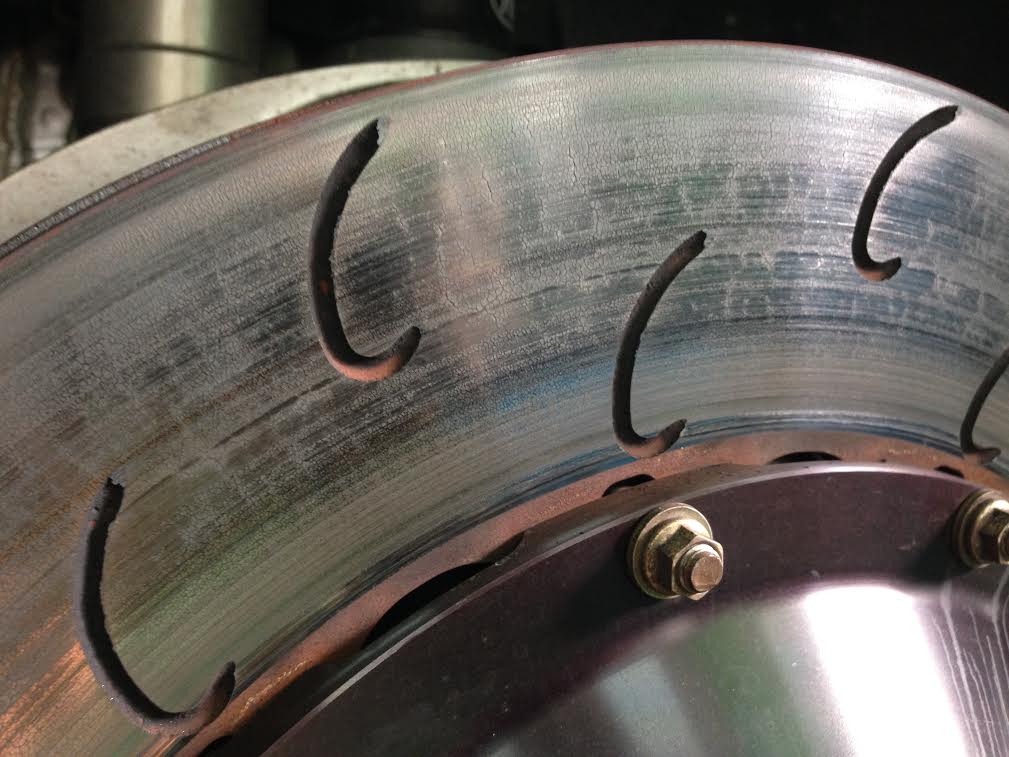
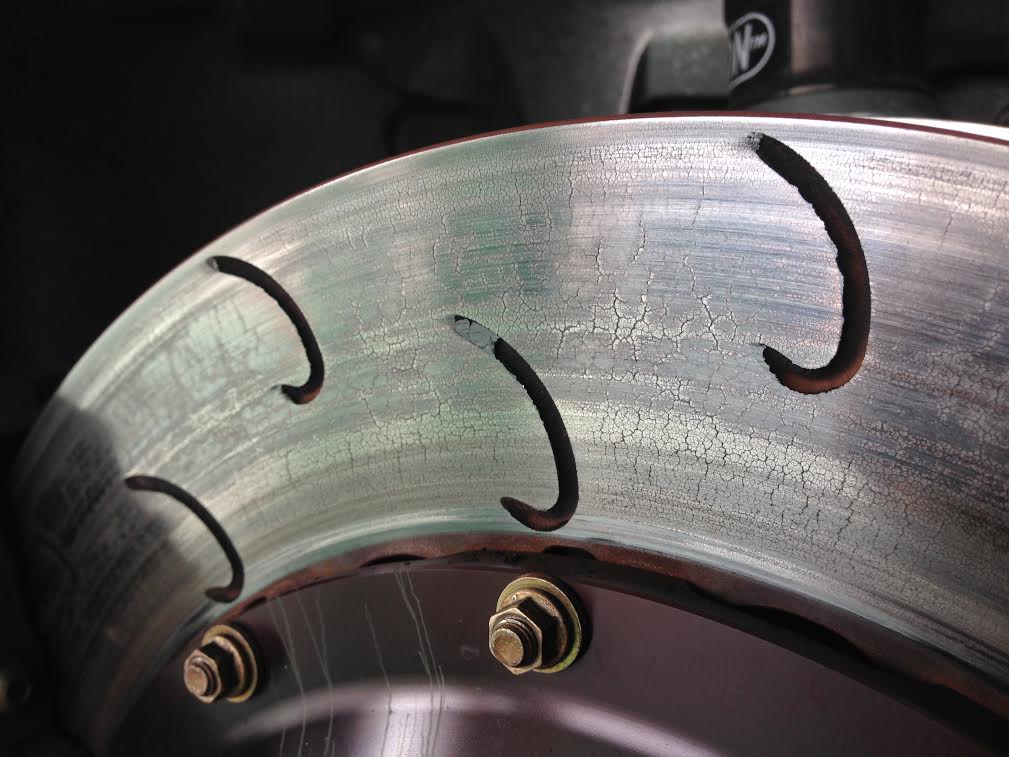
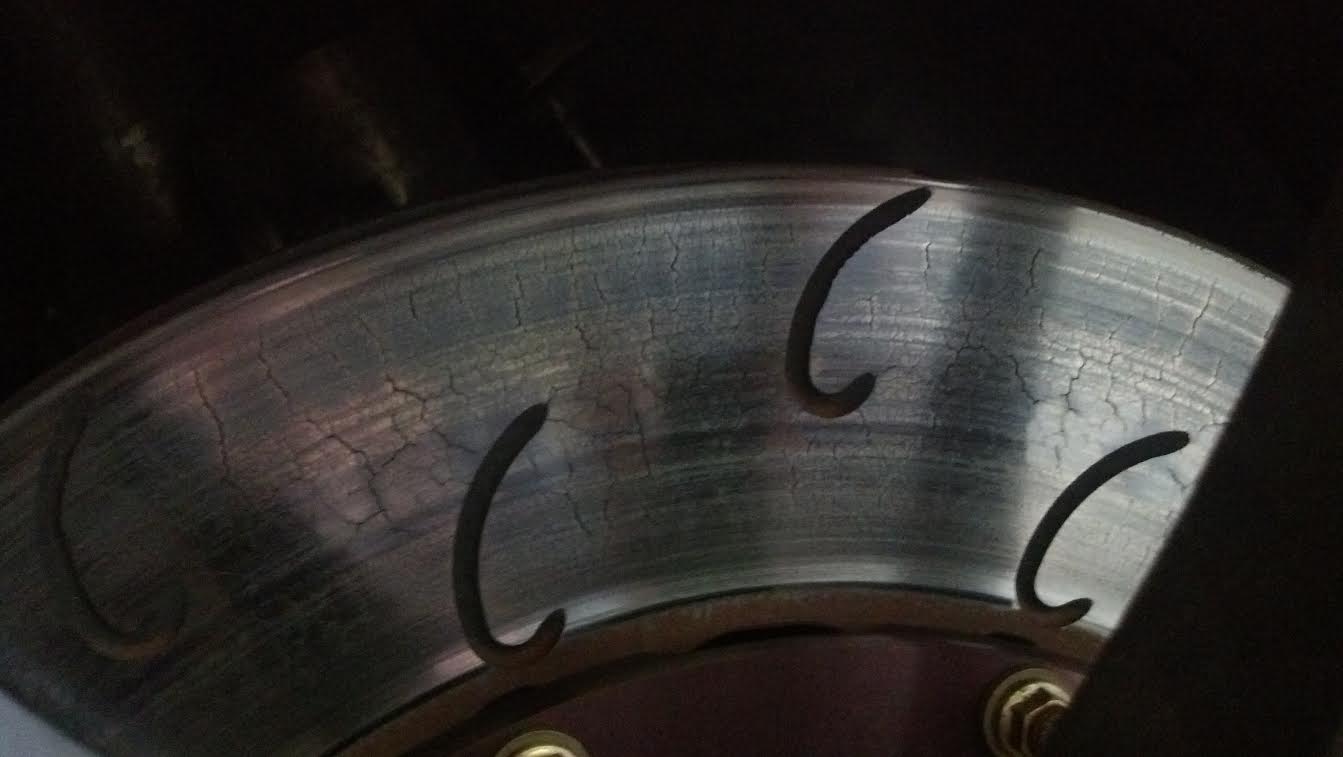
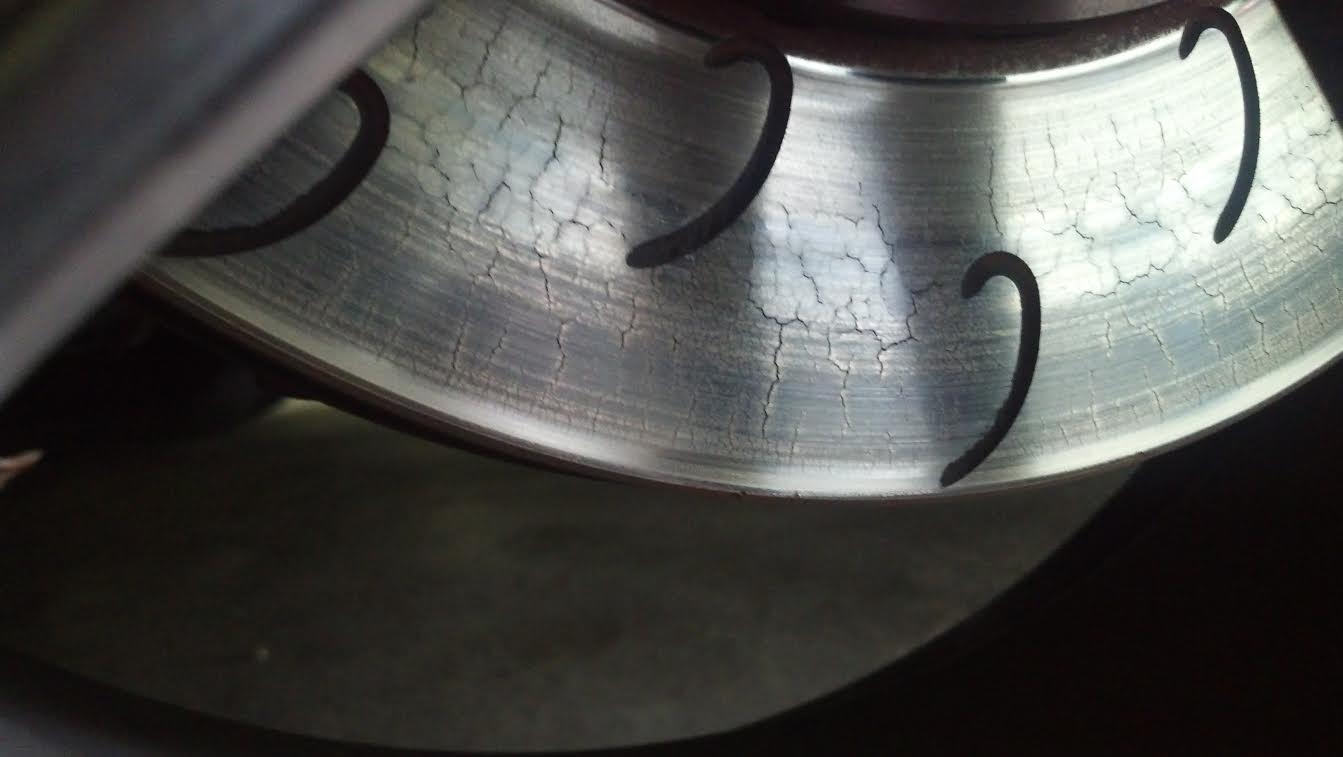
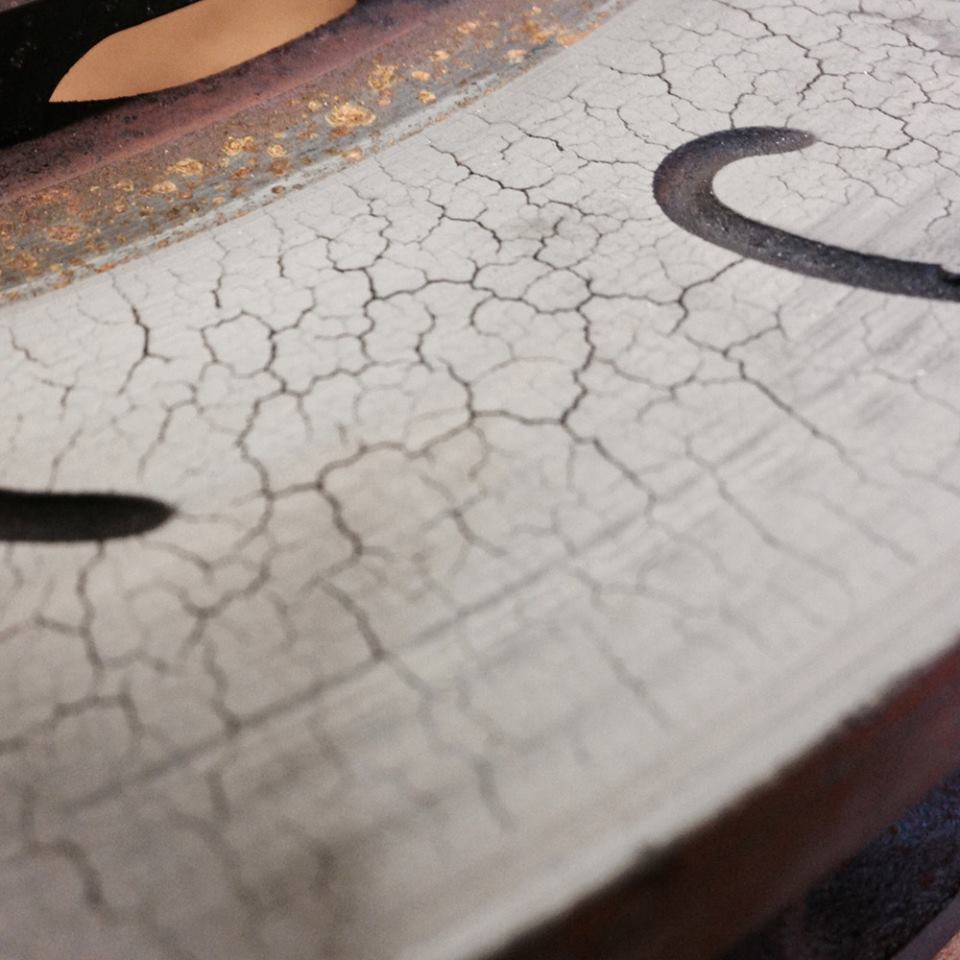

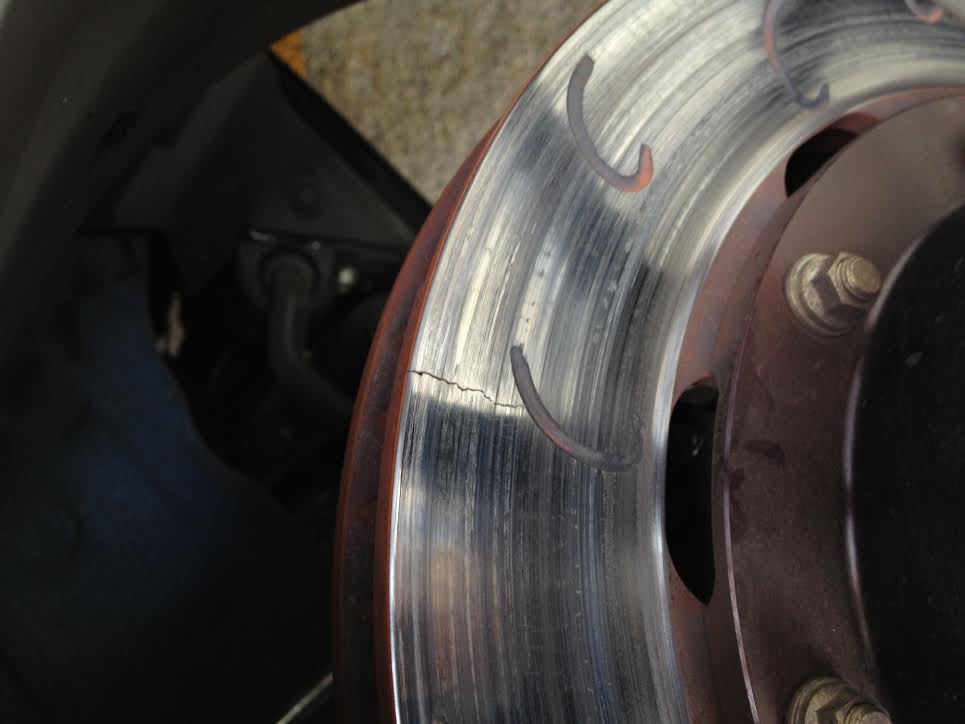
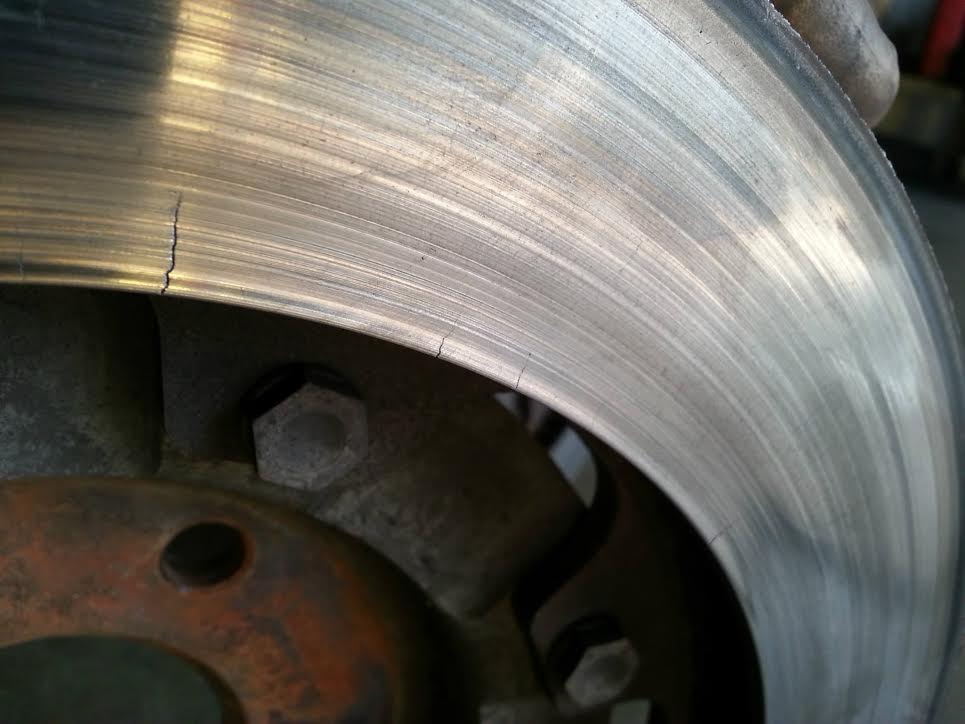

You must be logged in to post a comment.